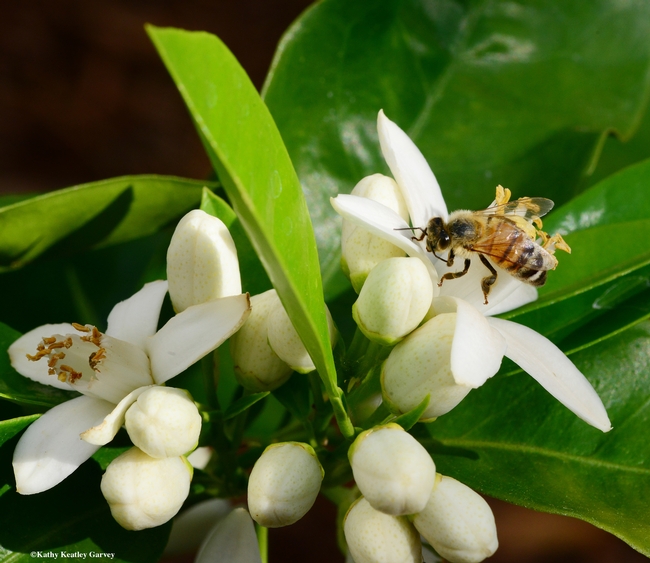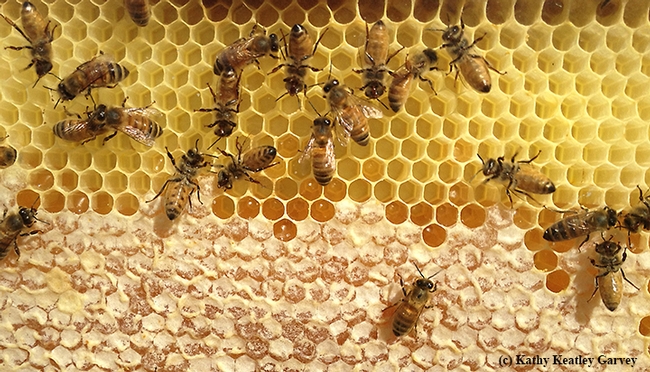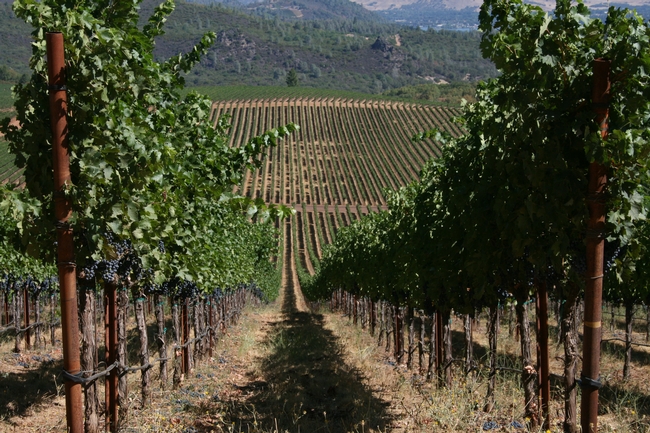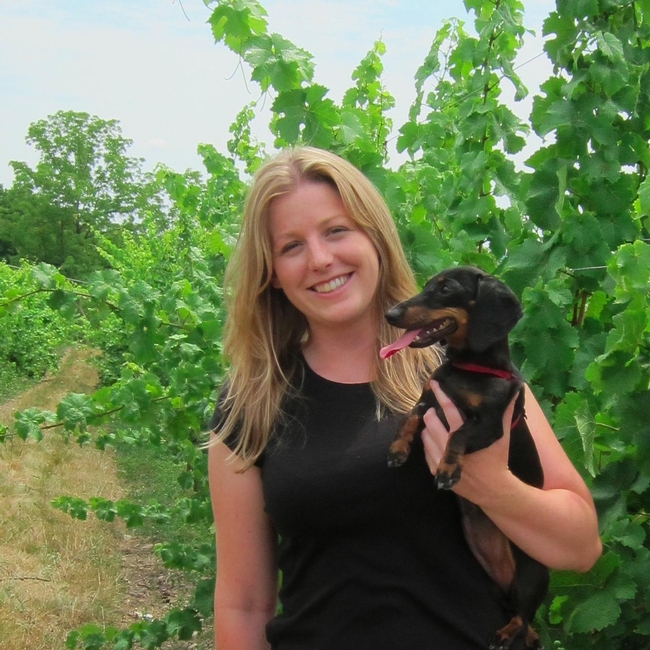Posts Tagged: wine
California winemakers' concern over new Chinese tariffs is all about the future
China imports quite a bit of wine, however, very little comes from the United States. At the same time, per capita consumption of wine in China remains very low. So why are California winemakers anxious about tariffs newly imposed by China on U.S. wine? Because China's wine consumption habits are expected to change, reported UC ANR experts in an article posted on The Conversation and NPR websites.
"China is the world's fastest-growing wine market and is expected to soon become the second largest (wine market), after the U.S.," wrote UC Davis wine economist Julian M. Alsten, director of UC ANR's Agricultural Issues Center Daniel Sumner, and post-doctoral scholar Olena Sambucci.
Economists who have studied these markets project further significant growth in China's demand for wine, including premium wine imports, the article said.
"This would make getting pushed out of China especially troubling at a time when global per capita wine consumption has been declining, especially in Europe," the authors wrote.
Autumn wildfire set up research on 'smoke taint' in wine
With the value of wine riding on a delicate balance of aroma and flavor, the impact of winegrapes' exposure to smoke from a wildfire could have significant economic consequences. Last fall's Northern California wildfires sent smoke wafting over an experimental vineyard in Napa Valley, giving scientists the opportunity to study the interplay of smoke and wine quality, reported Jeff Quackenbush in the North Bay Business Journal.
"The moment the smoke started, my phone started ringing off the hook," said Anita Olberholster, UC Cooperative Extension viticulture and enology specialist. “I quickly realized how thin the data is I need to base recommendations on.”
The fires near the UC Davis vineyard provided the perfect experimental platform. Olberholster and her research team sprang into action to start a research project on the fly. Remaining grapes on smoke-exposed vines were picked, loads of commercially grown grapes deemed too questionable for commercial wineries were accepted. Over the past five months, small batches of wine were made from the grapes.
“They all have different levels of smoky character,” Olberholster said. “Some on the nose are actually quite pleasant and not smoky, but the aftertaste is the problem. All of them, even if in small amounts, had that ‘old smoke,' ‘ashtray,' ‘new smoke' aftertaste. It all depends on how sensitive you're going to be at it.”
The scientists are now looking for a process that will remove the smoky compounds, as little as possible of anything else.
February Promises to Be 'Honey of a Month' for UC Davis Honey and Pollination Center
February promises to be a "honey of a month" for the Honey and Pollination Center, UC Davis. Thank the girls (the worker bees), the honey they...

A honey bee pollinating an orange blossom. Orange blossom honey will be among the varietals featured at the "World of Honey" event, sponsored by the UC Davis Honey and Pollination Center. (Photo by Kathy Keatley Garvey)
Farm advisor Lindsay Jordan creating options for vineyard sustainability
UC Cooperative Extension advisor Lindsay Jordan is growing 56 varieties of grapes at the UC Kearney Agricultural Research and Extension Center to see how varietals from other parts of the world flourish or fail, reported Sydney Maki in the Fresno Bee.
The front-page story provided an overview of Jordan's career, research plans and personality.
“My love of wine drives a lot – what can I say,” Jordan said. “I don't know about you, but I want to keep drinking wine until the day I die, so I really want to do my part to ensure the sustainability of drinking California wine.”
As part of the project, Jordan is looking for grapevines that thrive in the valley heat, produce a large crop and develop berries with color, flavor and acidity needed for fine wines.
"I won't declare any winners," Jordan said. "I'll say I have favorites, and I definitely have losers that I would not recommend.
The project was started by James Wolpert, a retired UC Cooperative Extension viticulture specialist, and continued by Matthew Fidelibus, UCCE viticulture specialist based at Kearney. Jordan took over the project a year and a half ago.
Finding the next cabernet sauvignon or chardonnay would be a home run, Fidelibus said. However, the data supplied by the project are also important in providing farmers and wineries the research and background to expand their own vineyards.
“If any of these varieties are going to be useful, it's important that the wineries are interested and comfortable with them,” Fidelibus said. “The grower can't grow varieties without the assurance that a winery is going to use them.”
Mead and Music: Beginning of a UC Davis Feast
It's getting to look a lot like...February. When you see honey bees foraging on the early blooming oxalis, that's a sure sign that February is...

From the honey comes the fermented beverage, mead. (Photo by Kathy Keatley Garvey)




